Human Orbital Spaceflights
![]()
International Flight No. 28Soyuz 5BaikalUSSR |
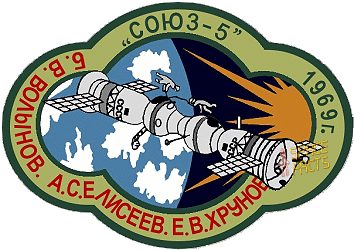 |
![]()
Launch, orbit and landing data
walkout photo |
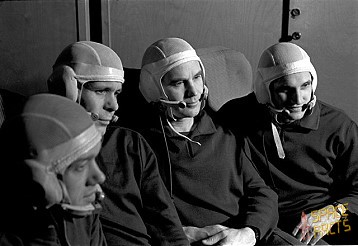 |
|||||||||||||||||||||||
alternative crew photo |
alternative crew photo |
|||||||||||||||||||||||
alternative crew photo |
||||||||||||||||||||||||
alternative crew photo |
||||||||||||||||||||||||
Crew
| No. | Surname | Given names | Position | Flight No. | Duration | Orbits | |
| 1 | Volynov | Boris Valentinovich | Commander | 1 | 3d 00h 54m 15s | 49 | |
| 2 | Yeliseyev | Aleksei Stanislavovich | Flight Engineer | 1 | 1d 23h 45m 50s | 32 | |
| 3 | Khrunov | Yevgeni Vasiliyevich | Research Engineer | 1 | 1d 23h 45m 50s | 32 |
Crew seating arrangement
|
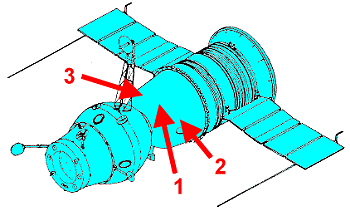 |
|
||||||||||||||||
1st Backup Crew
|
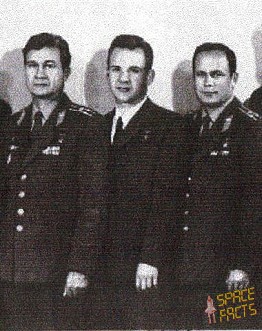 |
2nd Backup Crew
|
Hardware
| Launch vehicle: | Soyuz (No. Ya15000-11) |
| Spacecraft: | Soyuz 5 (7K-OK No. 13) |
Flight
|
Launch from the Baikonur Cosmodrome and
landing 200 km southwest of Kustanay / 25 km southeast of Zhitikara. Soyuz 4 successfully lifted off from Launch Complex 31. 24 hours later it was followed by Soyuz 5 from Launch Complex 1. After the problems with Soyuz 3, a first-revolution docking was not planned. Instead the automatic rendezvous began on January 16, 1969 at 13:37 UTC on the 34th revolution of Soyuz 4 and the 18th revolution of Soyuz 5. At 100 m distance Vladimir Shatalov took over manual control of Soyuz 4 and guided the spacecraft to an accurate docking on the first attempt at 14:20 UTC. Soyuz 5 docked with Soyuz 4, which had the active part. The two spacecrafts were electrical and mechanically connected, but there was no direct way from one spaceship to the other. It was the first docking of manned spacecrafts. The Soyuz 5 cosmonauts Yevgeni Khrunov and Aleksei Yeliseyev entered the Soyuz 4 in a spacewalk on January 16, 1969 (0h 37m). Yevgeni Khrunov and Aleksei Yeliseyev put on their Yastreb ("hawk") suits in the Soyuz 5 orbital module with aid from Commander Boris Volynov. Yastreb suit design commenced in 1965, shortly after Aleksei Leonov’s difficult EVA. Aleksei Leonov served as consultant for the design process, which was completed during 1966. Suit fabrication and testing occurred in 1967, but the fatal Soyuz 1 accident in April of that year and docking difficulties on the joint Soyuz 2-Soyuz 3 mission delayed its use in space until Soyuz 4-Soyuz 5. To prevent the suit ballooning, Yastreb featured a pulley-and-cable articulation system. Wide metal rings around the gray nylon canvas undersuit's upper arms served as anchors for the upper body articulation system. Yastreb had a regenerative life support system in a rectangular white metal box placed on the chest and abdomen to facilitate movement through Soyuz hatchways. Boris Volynov checked out Yevgeni Khrunov and Aleksei Yeliseyev’s life support and communications systems before returning to the descent module, sealing the hatch, and depressurizing the orbital module. Yevgeni Khrunov and Aleksei Yeliseyev aboard Soyuz 5 immediately began preparing for their EVA. On the 35th revolution of the earth Yevgeni Khrunov exited into free space and began moving toward Soyuz 4. But one of his lines became tangled and he accidentally closed the tumbler of his suit ventilator. He quickly untied this, but the incident distracted Aleksei Yeliseyev, who forgot to mount a movie camera on the divan of the orbital module before exiting the spacecraft. This deprived the world of the planned film of the spacewalk. A poor-quality video transmission was the only record of the EVA (0h 37m). Yevgeni Khrunov was transferring to the Soyuz 4 orbital module while the docked spacecraft were out of radio contact with the Soviet Union over South America. Aleksei Yeliseyev transferred while the spacecraft were over the Soviet Union. After pressurization of the Soyuz 4 capsule they were greeted by cosmonaut Vladimir Shatalov in the Soyuz 4 capsule. The spacewalkers delivered newspapers, letters, and telegrams printed after Vladimir Shatalov lifted off to help prove that the transfer took place. Soyuz 4 and 5 separated after 4 hours and 35 minutes docked together. All three cosmonauts landed with the Soyuz 4 spacecraft. Scientific (medical and biological) and technical experiments were also performed, but all in all it were tests of lunar landing techniques. The mission proved it was possible to perform the activities that would be needed on a Soviet lunar landing. The Russian plan called for a lone cosmonaut to land on the moon, return to lunar orbit, then make a spacewalk back from the landing craft to orbiting spacecraft after docking. This was because there was no internal tunnel between the two craft as found on the American Apollo CSM and LM. The Soyuz spacecraft is composed of three elements attached end-to-end - the Orbital Module, the Descent Module and the Instrumentation/Propulsion Module. The crew occupied the central element, the Descent Module. The other two modules are jettisoned prior to re-entry. They burn up in the atmosphere, so only the Descent Module returned to Earth. The deorbit burn lasted 188 seconds. Having shed two-thirds of its mass, the Soyuz reached Entry Interface - a point 400,000 feet (121.9 kilometers) above the Earth, where friction due to the thickening atmosphere began to heat its outer surfaces. With only 23 minutes left before it lands on the grassy plains of central Asia, attention in the module turned to slowing its rate of descent. Eight minutes later, the spacecraft was streaking through the sky at a rate of 755 feet (230 meters) per second. Before it touched down, its speed slowed to only 5 feet (1.5 meter) per second, and it lands at an even lower speed than that. Several onboard features ensure that the vehicle and crew land safely and in relative comfort. Four parachutes, deployed 15 minutes before landing, dramatically slowed the vehicle's rate of descent. Two pilot parachutes were the first to be released, and a drogue chute attached to the second one followed immediately after. The drogue, measuring 24 square meters (258 square feet) in area, slowed the rate of descent from 755 feet (230 meters) per second to 262 feet (80 meters) per second. The main parachute was the last to emerge. It is the largest chute, with a surface area of 10,764 square feet (1,000 square meters). Its harnesses shifted the vehicle's attitude to a 30-degree angle relative to the ground, dissipating heat, and then shifted it again to a straight vertical descent prior to landing. The main chute slowed the Soyuz to a descent rate of only 24 feet (7.3 meters) per second, which is still too fast for a comfortable landing. One second before touchdown, two sets of three small engines on the bottom of the vehicle fired, slowing the vehicle to soften the landing. Boris Volynov remained on Soyuz 5. During the re-entry the service module failed to separate after retrofire resulting in nose-first re-entry, which would have meant a sure death of the cosmonaut. In the last moment the bolts connecting the service module to the reentry capsule finally burned through and the capsule turned around, heat shield forward, just before the forward hatch melted. All capsule propellant was exhausted and the cosmonaut made a 9-g uncontrolled reentry, landing hundreds of kilometers short. There was one final problem in store for Boris Volynov when the parachute cables partially tangled. It was one of the hardest landings in space history and Boris Volynov broke his jaw and lost several teeth. The local temperature was -38 °C (-36 °F). On page 274 of the book IN THE SHADOW OF THE MOON, Boris Volynov is quoted as saying he stayed inside the capsule after landing with a broken jaw. It was extremwly cold and he only had a thin tracksuit on. There were no buildings for 60 kilometers around him so he waited one hour. Parachutists were the first to arrive. The crew were to meet Leonid Brezhnev during a lavish ceremony at the Kremlin, but this was ruined by an attempted assassination of the Soviet leader. A man shot eight times at the motorcade but aimed at the car containing Georgi Beregovoy, Aleksei Leonov, Andriyan Nikolayev, and Valentina Tereshkova. They were unharmed but Brezhnev's car was forced to speed away past the waiting Soyuz 4 and Soyuz 5 crews on the podium. |
EVA data
| Name | Start | End | Duration | Mission | Airlock | Suit | |
| EVA | Khrunov, Yevgeni | 16.01.1969, 10:5? UTC | 16.01.1969, 11:4? UTC | 0h 37m | Soyuz 5 / 4 | Yastreb | |
| EVA | Yeliseyev, Aleksei | 16.01.1969, 10:5? UTC | 16.01.1969, 11:4? UTC | 0h 37m | Soyuz 5 / 4 | Yastreb | |
Note
Photos / Graphics
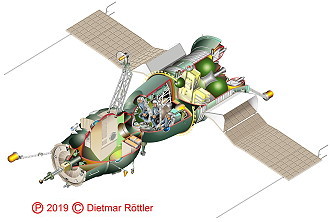 |
 |
 |
|
 |
 |
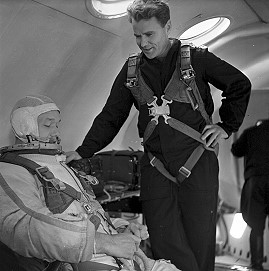 |
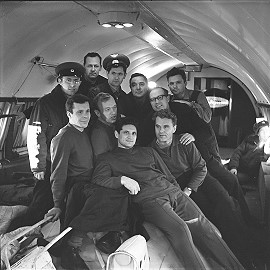 |
 |
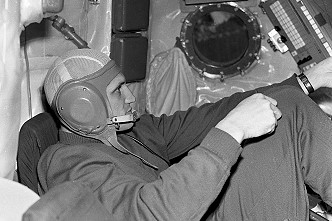 |
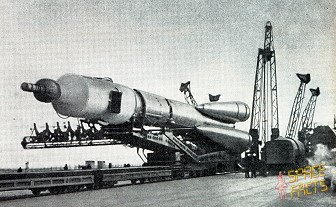 |
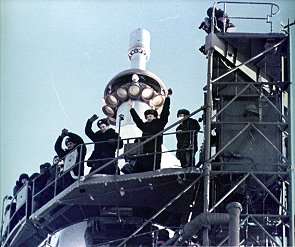 |
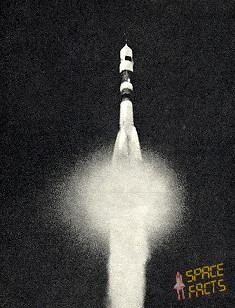 |
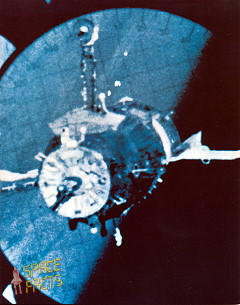 |
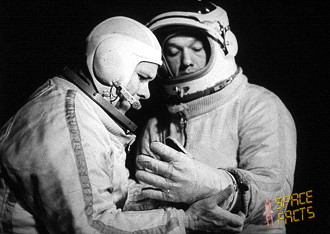 |
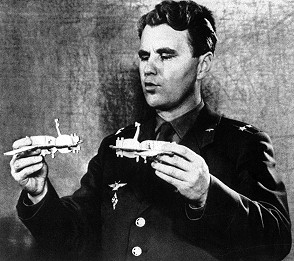 |
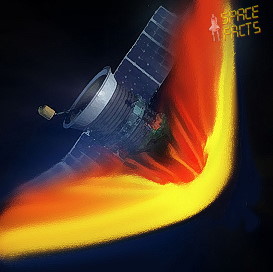 |
 |
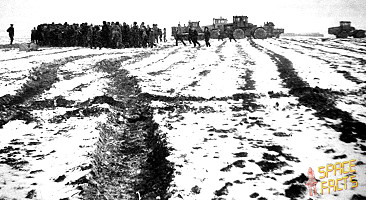 |
|
| © |  |
Last update on March 28, 2020.  |
 |